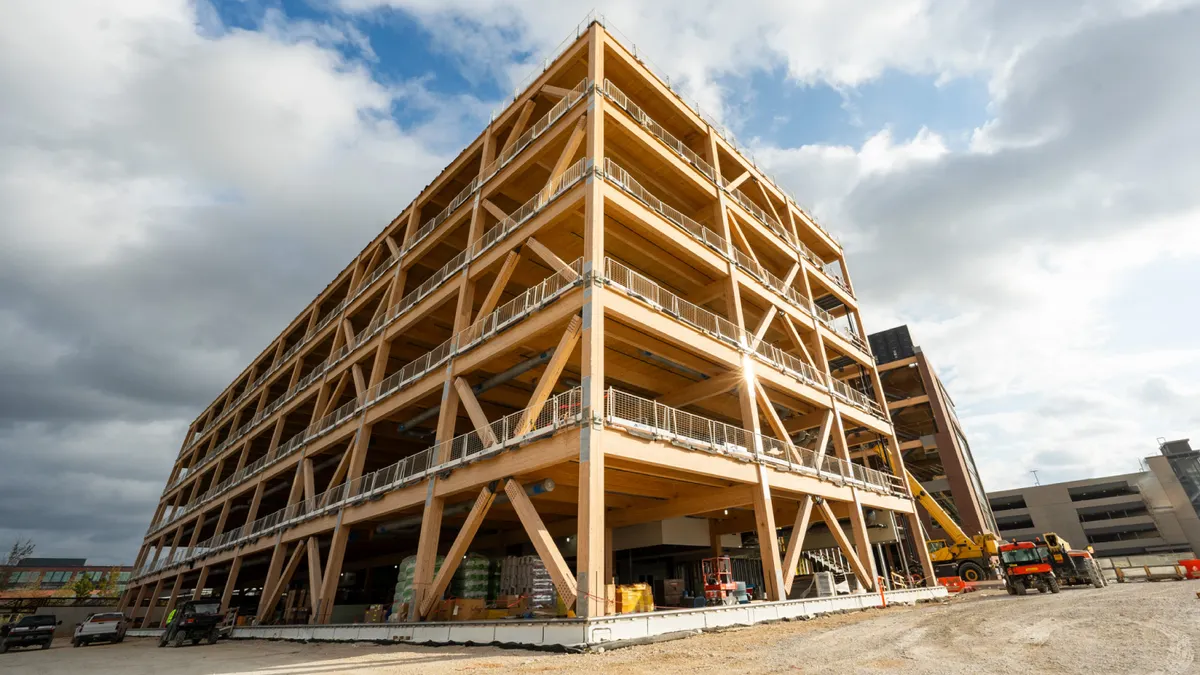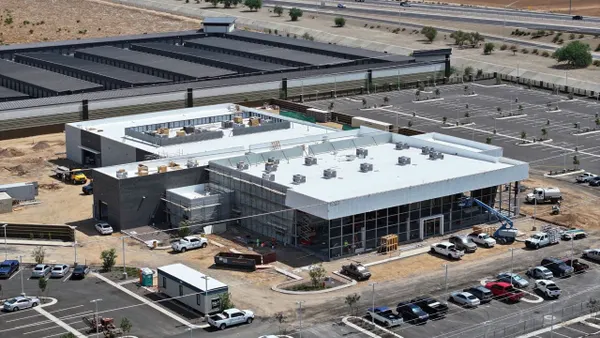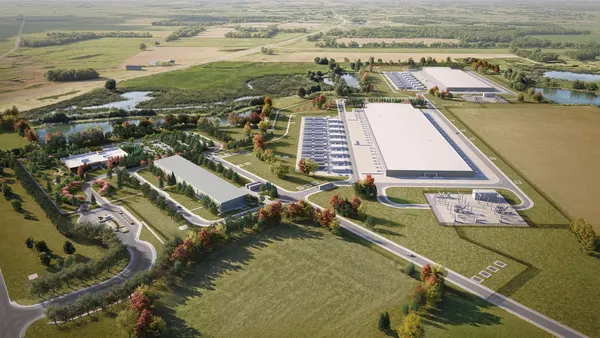Dive Brief:
-
Above-average wind and flood activity was recorded last year, driven largely by the impact of Hurricane Matthew that hit the Southeast U.S. in October and caused billions in damage to properties, according to CoreLogic’s annual Natural Hazard Risk Summary and Analysis.
-
Total losses from flooding were $17 billion last year — six times higher than in 2015 — with losses from Hurricane Matthew accounting for $3 billion of that figure.
-
Land area experiencing winds over 80 mph in 2016 was three times higher than the prior year due in large part to the impact of Hurricane Matthew.
Dive Insight:
Aside from the high winds and extensive flooding across the Southeast stemming from Hurricane Mathew, the CoreLogic report, which also includes analysis of earthquakes, wildfires, hail, tornados, hurricanes and winter storms, also noted that the U.S. experienced relatively average or below-average hazardous weather activity last year.
The California-based property information analyst previously estimated that Hurricane Matthew caused wind and storm surge damage of up to $6 billion and impacted roughly 1.5 million residential and commercial properties.
The residential construction market has long researched and developed methods to mitigate the impact of severe weather and natural disasters.
In December, researchers at the Massachusetts Institute of Technology Concrete Sustainability Hub unveiled a tool to estimate how much developers should invest initially to make new and existing structures more resilient and lower the risk of damage later on.
Other measures aimed at reducing the risk of weather-related damage include a plan by the U.S. Federal Emergency Management Agency announced last summer, which proposes that most federally funded construction projects be built 2 feet above the 100-year floodplain in the wake of flooding damage from Hurricane Katrina in 2005 and Hurricane Sandy in 2012.
Critics of the move include 2016 National Association of Home Builders Chairman Ed Brady, who said that because the proposal covers significantly renovated projects backed by the Federal Housing Administration, it would increase construction costs and prevent new affordable housing projects from being built.
For more housing news, sign up for our daily residential construction newsletter.













